The Future of Packaging: How Digital Label Printing is Revolutionizing Brand Identity
As consumer preferences evolve in an increasingly competitive marketplace, the importance of brand identity has never been more critical. Digital Label Printing is at the forefront of this transformation, offering unprecedented flexibility and customization that enables brands to connect with consumers on a deeper level. According to a recent Smithers report, the global digital label market is expected to reach $23 billion by 2024, driven by rising demand for short-run labels and increased efficiency in production. Moreover, the ability to swiftly adapt designs and incorporate variable data empowers brands to craft more personalized consumer experiences. This technological advancement not only enhances visual appeal but also promotes sustainability through reduced waste. As we delve into the future of packaging, it is clear that Digital Label Printing is revolutionizing how brands establish their identity and engage with consumers, setting new standards in innovation and environmental responsibility.

The Rise of Digital Label Printing in the Packaging Industry
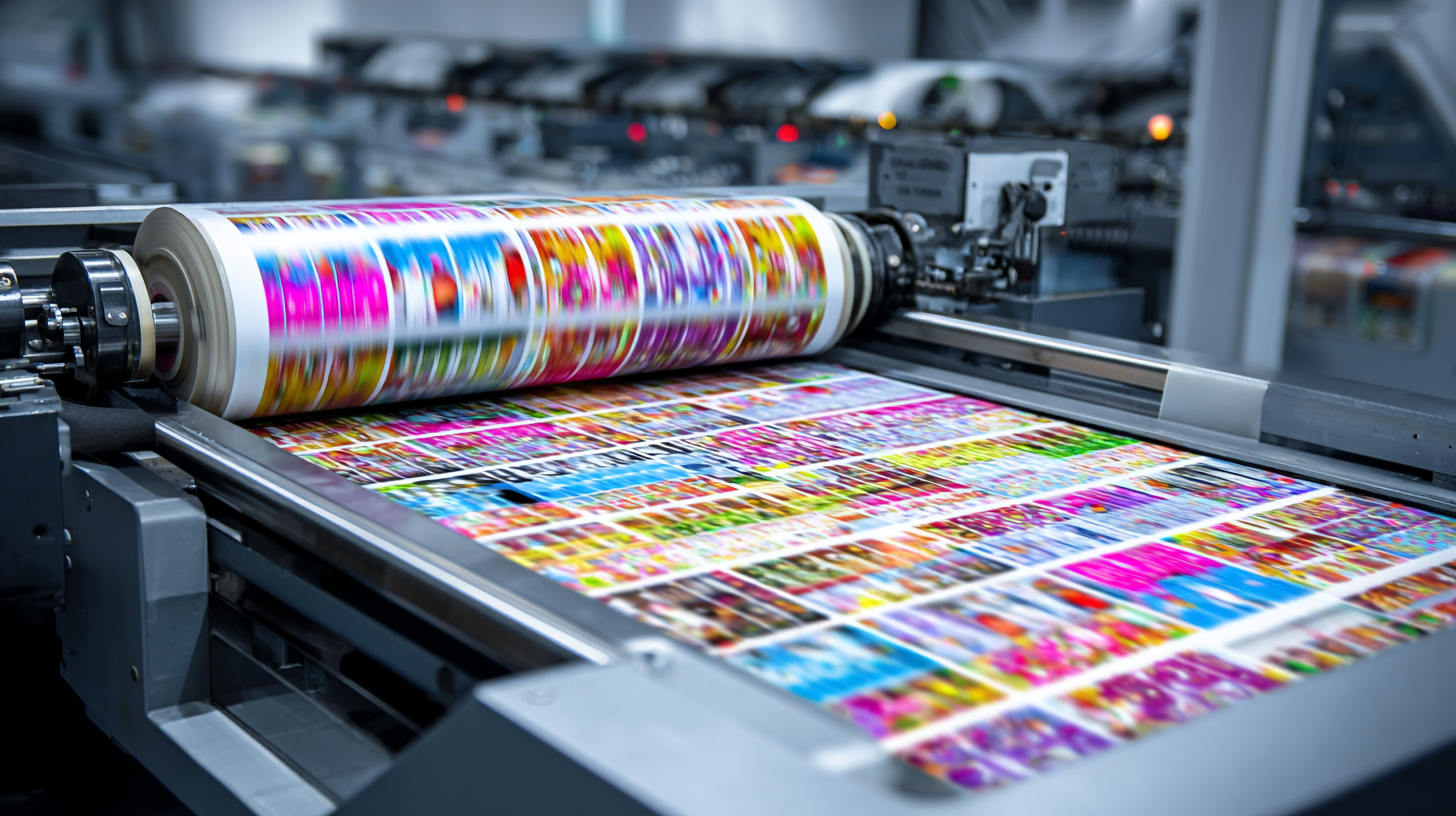 Digital label printing has seen remarkable growth in the packaging industry, with research indicating a compound annual growth rate (CAGR) of 13.1% from 2021 to 2028. This surge is largely driven by the increasing demand for customized and short-run productions. Unlike traditional printing methods, digital label printing allows brands to produce labels with greater flexibility, enabling quick turnaround times and the ability to easily adapt designs based on changing market needs. According to a recent report by Smithers Pira, digital printing now accounts for up to 23% of the total label market, highlighting its rising prominence among manufacturers and brands.
Digital label printing has seen remarkable growth in the packaging industry, with research indicating a compound annual growth rate (CAGR) of 13.1% from 2021 to 2028. This surge is largely driven by the increasing demand for customized and short-run productions. Unlike traditional printing methods, digital label printing allows brands to produce labels with greater flexibility, enabling quick turnaround times and the ability to easily adapt designs based on changing market needs. According to a recent report by Smithers Pira, digital printing now accounts for up to 23% of the total label market, highlighting its rising prominence among manufacturers and brands.
Additionally, the sustainability aspect of digital label printing cannot be overlooked. Many brands are opting for eco-friendly materials and processes to align with consumer expectations for sustainable practices. Research conducted by MarketsandMarkets suggests that the global sustainable packaging market is projected to reach $654.4 billion by 2027, with digital label printing playing a significant role in reducing waste and optimizing material usage. This shift not only enhances brand identity through unique and varied labels but also positions companies favorably in an environmentally conscious marketplace.
Transforming Brand Identity Through Customization and Personalization
Digital label printing is transforming the landscape of brand identity by enabling unparalleled levels of customization and personalization. With the capabilities of modern digital printing technology, brands can create unique packaging solutions that resonate deeply with their target audience. This shift allows companies to break free from the constraints of traditional printing methods, facilitating shorter runs and more dynamic design options. As a result, brands can experiment with limited editions or seasonal designs that reflect current trends or consumer preferences, further enhancing customer engagement.
Moreover, the personalized approach in digital label printing fosters a stronger emotional connection between the consumer and the brand. By incorporating personalized elements—like names, messages, or bespoke graphics—brands can create a more intimate experience that speaks directly to individual customers. This level of customization not only heightens the appeal of the product but also invites consumers to become part of the brand story, ultimately driving loyalty and encouraging repeat purchases. In an era where consumers seek authenticity and connection, digital label printing stands as a powerful tool for brands to express their identity in a fresh, relevant, and impactful way.
The Future of Packaging: How Digital Label Printing is Revolutionizing Brand Identity
| Dimension | Description | Impact | Recent Trends |
|---|---|---|---|
| Customization | Ability to tailor packaging to individual preferences. | Increases customer engagement and loyalty. | Growing demand for personalized products. |
| Sustainability | Use of eco-friendly materials and processes. | Enhances brand image and attracts environmentally-conscious consumers. | Increase in biodegradable and recyclable packaging solutions. |
| Digital Integration | Incorporation of AR/VR and QR codes on packaging. | Enhances customer experience and interaction with products. | Growth in interactive and smart packaging solutions. |
| Cost Efficiency | Reduction in printing and production costs. | Allows brands to offer competitive prices while maintaining quality. | Advancements in digital printing technology reducing costs. |
Sustainability and Efficiency: The Benefits of Digital Printing
Digital label printing is transforming the packaging industry by emphasizing sustainability and efficiency. As consumers increasingly prioritize environmentally friendly products, brands are responding by adopting digital printing technologies. Unlike traditional printing methods, digital printing reduces waste significantly. It allows for smaller batch sizes, which means companies can print only what they need, minimizing excess inventory and eliminating the need for large storage spaces. This on-demand capability is a game changer for brands looking to align with sustainable practices.
Moreover, the efficiency of digital printing enhances production speed and flexibility. Brands can quickly update designs or trial different labels without the lengthy setup processes associated with conventional printing methods. This agility not only cuts down on turnaround times but also enables businesses to respond swiftly to market trends and consumer demands. By integrating digital label printing, companies are not just enhancing their operational efficiency; they are also reinforcing their commitment to sustainability, giving them a competitive edge in an increasingly eco-conscious marketplace.
The Future of Packaging: Digital Label Printing Benefits
This chart illustrates the key benefits of digital label printing in the realm of packaging. The metrics highlight cost efficiency, sustainability, customization, speed to market, and waste reduction, showcasing how digital printing is transforming brand identity and improving overall packaging strategies.
The Role of Technology in Enhancing Label Design and Production
Digital label printing is transforming the packaging industry by leveraging advanced technologies to enhance label design and production. The integration of digital printing processes allows brands to create custom labels with greater efficiency and flexibility. This shift not only streamlines production but also enables the quick adaptation of designs in response to market trends or consumer preferences. By utilizing digital techniques, brands can experiment with new designs without the risk and costs associated with traditional printing methods, thus fostering innovation in packaging.
Moreover, the use of automation and sophisticated software in label production significantly reduces lead times and minimizes waste. Brands can print smaller runs of labels tailored to specific campaigns or seasonal promotions, ensuring their packaging remains relevant and attractive. High-resolution printing and the ability to incorporate variable data, such as QR codes or unique serial numbers, enhance consumer engagement. As technology advances, it will continue to play a pivotal role in refining the relationship between label design and brand identity, creating packaging solutions that resonate with today's consumers.
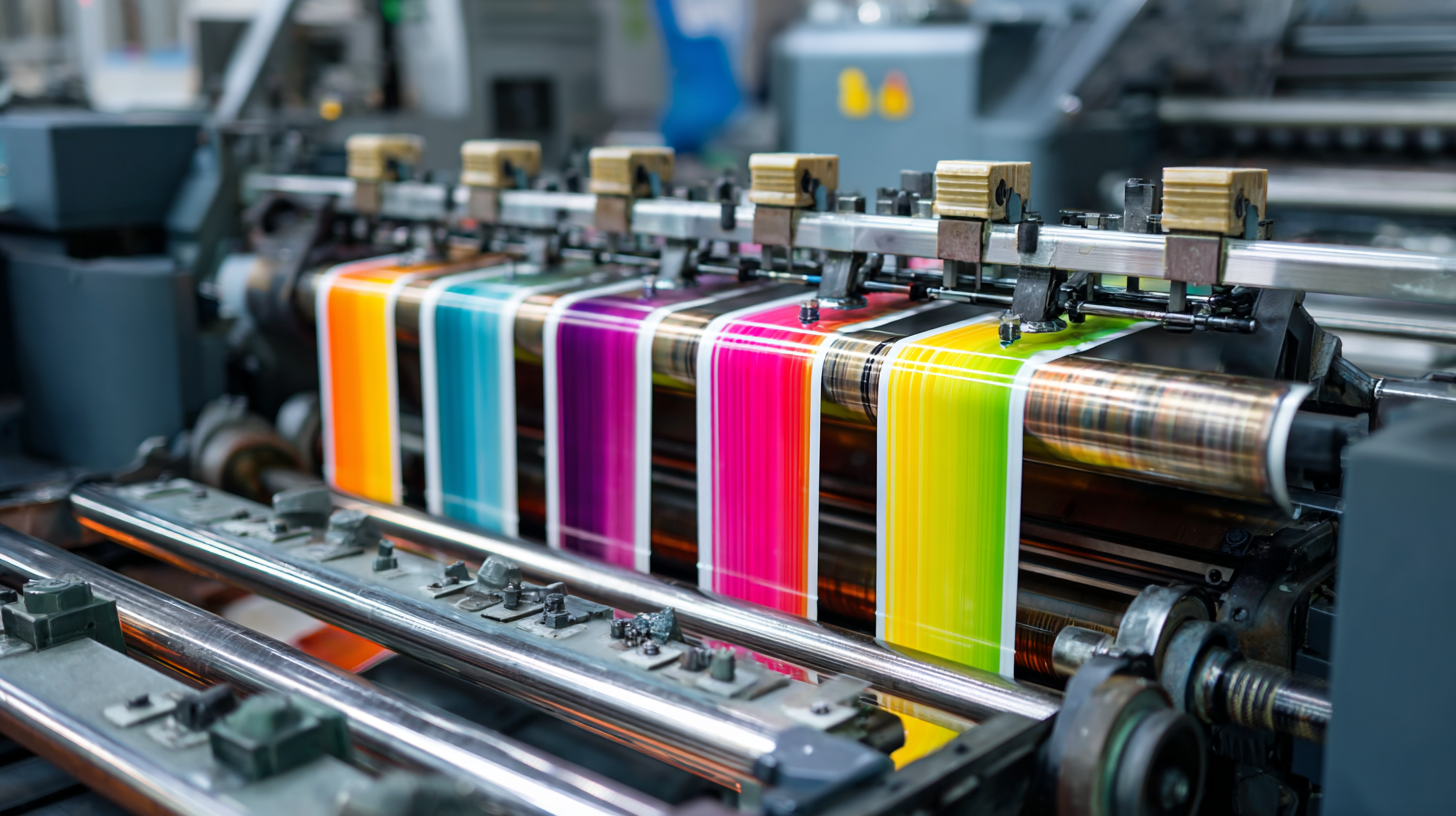
Future Trends: What’s Next for Packaging Innovations and Digital Solutions
The future of packaging is increasingly being shaped by digital solutions and sustainable practices. As brands strive to establish a stronger identity in a competitive marketplace, the demand for innovative packaging solutions has surged. According to market reports, the global digital printing packaging market size is projected to grow from $36.02 billion in 2025 to $56.62 billion by 2032, reflecting a compound annual growth rate (CAGR) of 6.67%. This growth is driven by the need for faster turnaround times and customization capabilities that digital printing offers, enabling brands to enhance their visibility and connect more deeply with consumers.
Sustainability is another critical trend influencing the packaging landscape. Logistics companies advocate for the use of eco-friendly materials and packaging optimization strategies to mitigate environmental impacts. A notable shift is observed across the cosmetics sector, where over 70% of brands are integrating sustainable packaging solutions to align with consumer preferences. The demand for recyclable materials is on the rise, paralleling the ongoing efforts in the packaging industry to meet sustainability goals and reduce waste. As we look toward 2030, the industrial label market is expected to grow from a value of $56.91 billion to $94.42 billion, underscoring the importance of adopting sustainable practices in packaging innovations.
Related Posts
-
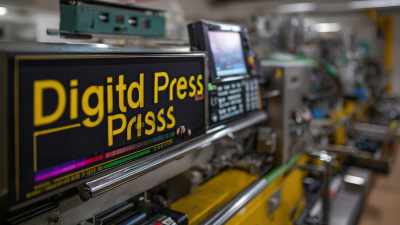
Uncovering the Impact of Best Digital Label Press in Food and Beverage Packaging Solutions
-
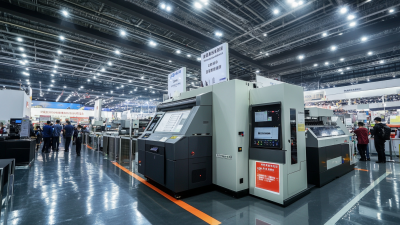
Maximize Your Business Potential at the 137th Canton Fair with Our Innovative Packaging Label Printer
-
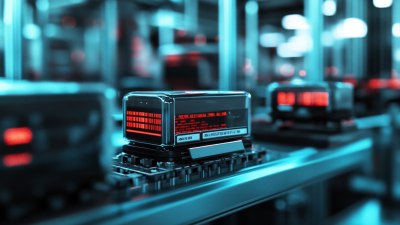
Maximizing Value with Best Quick Labels Through Exceptional After Sales Support and Cost Effective Repair Examples
-

Understanding Industry Production Standards and Challenges in Best Printing Labels
-
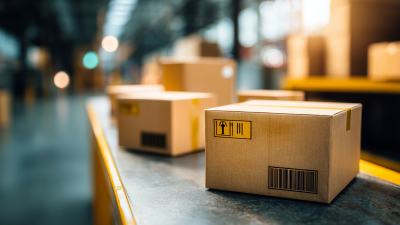
Unlocking Industry 2025 Trends in Product Label Printing for Global Buyers
-
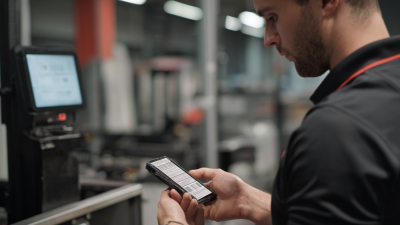
Elevating Customer Experience with Best Quick Labels and Future Maintenance Solutions
